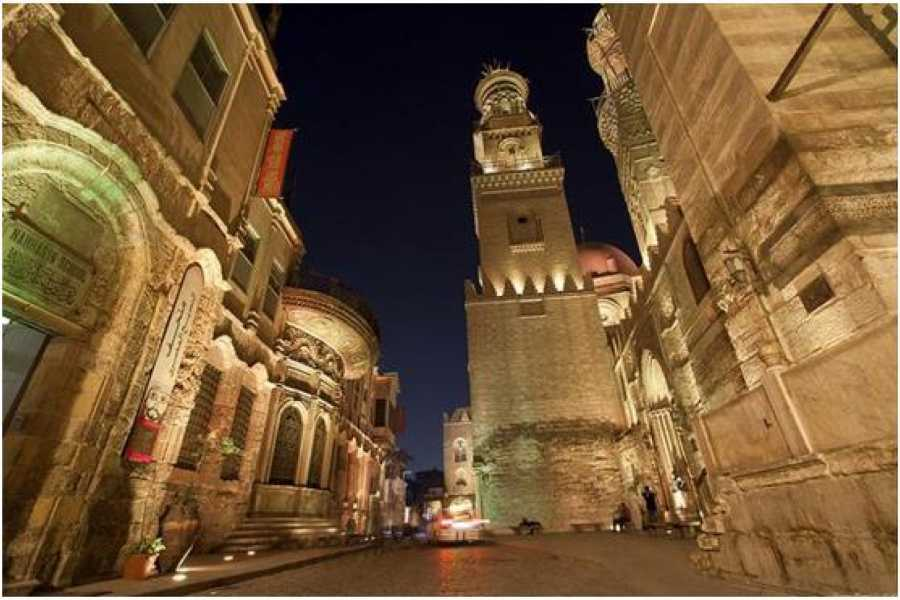Saqqara Saqqara Cemetery
It is one of the most important archaeological areas in Egypt, and indeed the world as a whole because of the ruins it contains, as it is the only cowardice that includes cemeteries since the beginning of Egyptian history and it is located about 35 km southwest of Giza and about 3 km from the dead hostage archaeological area
There are several hierarchical groups of kings of the third, fifth and sixth dynasties, as well as terraces of senior statesmen decorated with wonderful paintings depicting daily life in the era of the old state. North of Saqqara there are some tombs or shrines of early dynastic kings.
In Saqqara there is the oldest listed pyramid in the world, the Step Pyramid of Djoser, built during the era of the Third Dynasty.
There are also 16 royal
pyramids
North of Saqqara is the archaeological area of Abusir, and the south is the ancient Dahshur region
Where Saqqara extends from the Giza Pyramids to Dahshur and was used as a burial area for the people of Memphis (Mit Rahinah) throughout the ages, and it is listed on the UNESCO World Heritage List since 1979.
Early families.
Saqqara and Pyramids
Step Pyramid of Djoser (center)
King Djoser's Funerary Complex
- Pyramid of Unas (left)
- Usar Kave Pyramid (right)
King Hut's tomb
- The tomb of King Ni Negr (burial pyramid)
- Funerary complex of King Sukhum Khit
Director Bridge
- Funerary complex of King Khum Sakum Wei
The tomb of Pharaoh, the tomb of King Shy Ses Kaf (family 4)
The Great Pyramid of User K (family 5)
The pyramid of El-Shawaf, the pyramid of King Jed Ka Ra
The Pyramid of King of Cao Hur
- T-mastaba
The two brothers terrace (Khnum Hattan and Nayankh Khnum)
King Onas pyramid
The terrace of Fattah Hout
King Tite Pyramid (Family 6)
The Marroca terrace
Cave of Cavmani
- Sister mastaba until
The pyramid of King V I Meri Ra
The pyramid of King Maran Ra
The pyramid of King V II
- The pyramid of King Qa Ra` Abi (family 8)
The Kingdom of the Mediterranean
- The pyramid of King Khunn Dajr User K (family 13)
Pyramid of an Unknown King
New Kingdom
Cemeteries of several senior officials: The Horemheb cemetery
Maya and Merritt's Cemetery.
Late period.
raids and beyond
Graves of senior officials during this period
Serapeum
Ptolemaic period, known as the "circle of philosophers"
Antiquities of some ancient Greek thinkers and poets (statues of Hesiod, Homer, Vandar, Plato, and others)
Managed by a different Coptic












































